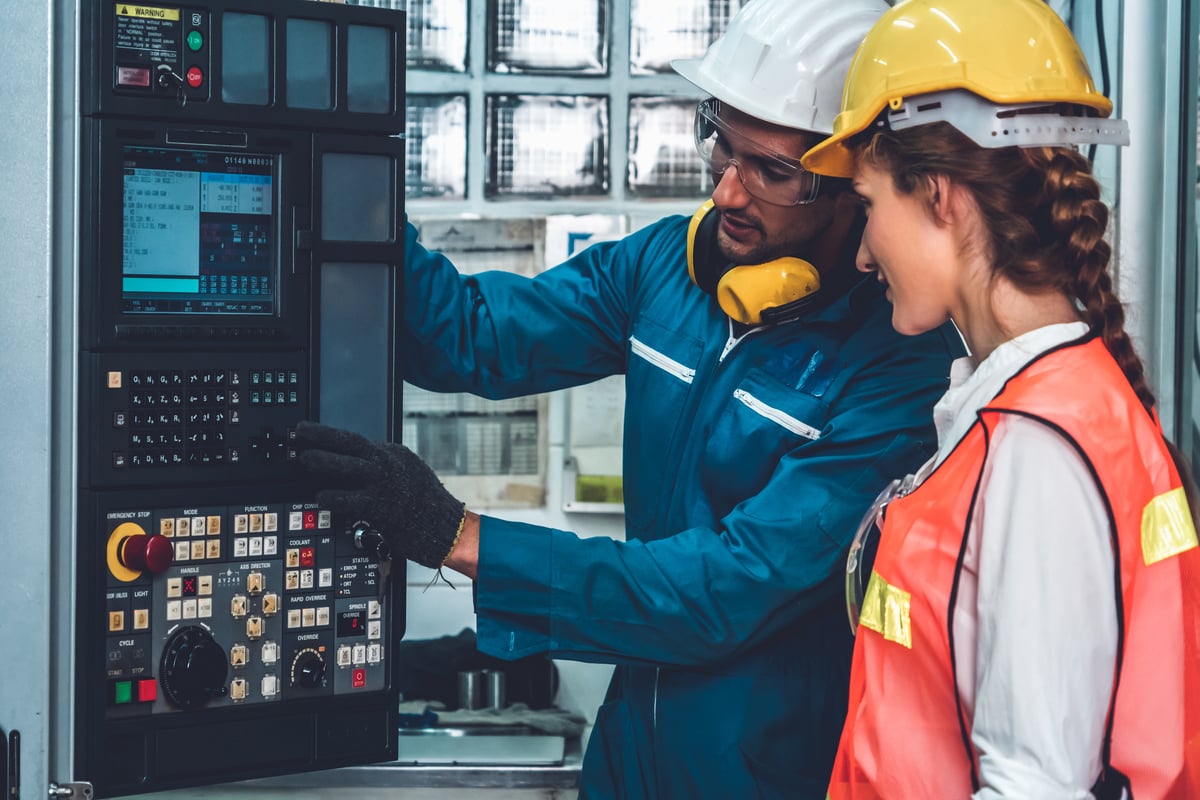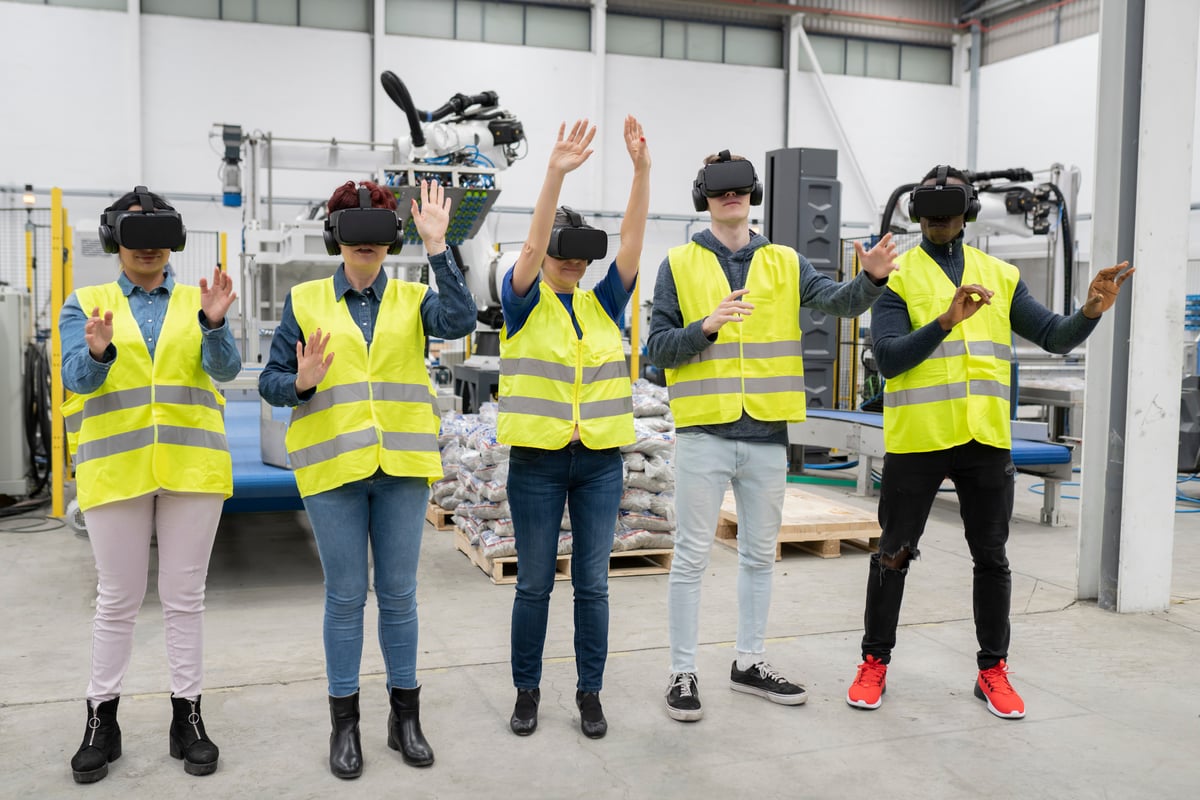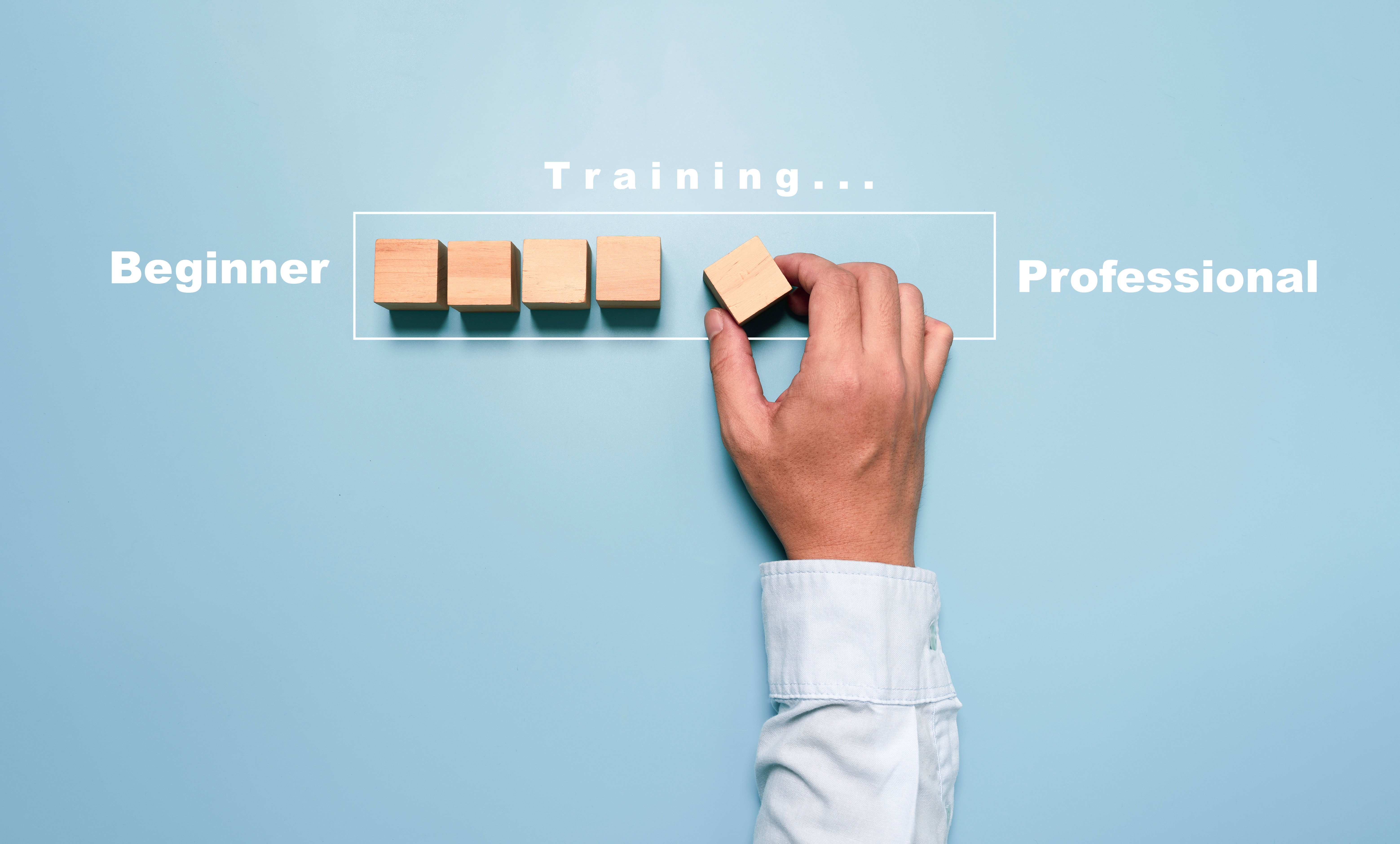Automation, connected devices, artificial intelligence… these innovations are reshaping processes, tools, and, most importantly, the skills required of the workforce.
In this rapidly changing context, professional training has become a strategic issue.
How can companies train faster, more safely, with measurable outcomes, without tying up expensive machinery?
Virtual reality (VR) provides a concrete response to these challenges.
Already used across various sectors, it is becoming a powerful tool for upskilling operators, technicians, and trainers in the industrial sector.
- Training challenges in Industry 4.0
Industry 4.0 is not only transforming production methods but also significantly altering the skills needed. The automation of tasks, new machinery, and the blending of traditional and digital know-how are pushing companies to rethink their training strategies.
Several challenges arise:
-
Continuous skill development: technologies evolve quickly, and workers must constantly update their knowledge to stay efficient.
-
Training without disrupting production: taking equipment offline or halting production lines for training can be prohibitively expensive.
-
Ensuring safety: some technical training carries physical risks, especially in hazardous environments (height, heat, confined spaces, etc.).
-
Reducing training time: with high turnover or urgent staffing needs, companies seek fast and efficient training solutions.
Additionally, it is increasingly difficult to recruit qualified workers in some technical roles, making the ability to quickly upskill new hires even more strategic.
- Why virtual reality is a relevant solution
In response to Industry 4.0 challenges, virtual reality (VR) is proving to be a transformative technology for training programs.
Specifically, VR enables:

- Simulation of complex or high-risk industrial scenarios, without endangering learners or interrupting production.
- Learning by doing through immersive environments that replicate the precise technical skills to be acquired.
- Customized learning paths: learners progress at their own pace based on prior knowledge and performance.
- Objective skills assessment: VR simulators collect precise data (completion time, errors, motion accuracy…).
-
Cost optimization: despite initial investment, VR training reduces equipment downtime, travel costs, and errors.
3. Use cases: effective training with VR in industry
Virtual reality is no longer a futuristic concept—many industrial companies already use it to train staff in lifelike conditions.
Here are a few concrete use cases:
Technical skill development
Occupations such as welding, mechanical assembly, or machining demand high precision. VR allows learners to practice these actions in virtual environments that closely mirror real workstations.
Trainees can repeat actions as needed—without wasting materials or wearing down machinery.
Safety training
Industrial environments often involve hazards: working at heights, handling dangerous materials, emergency evacuations…
VR enables workers to rehearse proper responses to critical situations in total safety.
Maintenance and diagnostics
Training technicians to service complex machines often requires taking equipment offline. With VR, it's possible to simulate breakdowns, tool handling, and inspection procedures in a fully interactive virtual setting.
Decision-making training
Some simulators also incorporate behavioral aspects such as stress management, task prioritization, or teamwork.
This allows companies to train not just technical skills but also essential soft skills required in modern industrial environments.
4. How to integrate VR into an industrial training program
Adopting virtual reality is not just about “digitizing” existing modules. To be truly effective, VR must be designed as a fully integrated learning tool, complementing other training formats.
Key steps to follow:

Identify actual training needs
Start with clear learning goals:
-
What critical skills need improvement?
-
What safety risks should be mitigated?
-
Which roles or processes require urgent upskilling?
This phase helps avoid using VR as a gimmick and grounds it in real operational needs.
Co-design the learning scenarios
The most effective VR programs result from close collaboration between trainers, subject matter experts, and VR content designers.
This ensures technical feasibility, educational relevance, and operational impact.
Choose the right technology
Standalone headset or tethered system? Hand tracking? Integration with real tools?
It’s essential to choose a solution suited to the training environment, learner volume, and required precision.
Measure impact and iterate
Once deployed, monitor key indicators:
-
Learning time, completion rates, learner satisfaction…
-
But also on-the-job impact: improved performance, fewer accidents, increased productivity…
Continuous improvement ensures the VR system stays aligned with evolving training goals.
Avoid common pitfalls
-
Excluding trainers from the development process
-
Offering generic or disconnected scenarios
-
Underestimating the need for change management
Conclusion – Technology in service of industrial skills
In today’s fast-changing industrial world, the ability to train efficiently, rapidly, and sustainably is becoming a critical competitive advantage.
Virtual reality plays a key role in this transformation. It doesn't replace traditional training—it enhances it by introducing a hands-on, immersive, and data-driven dimension.
For industrial companies, investing in VR means:
-
Securing technical skill development,
-
Accelerating upskilling,
-
Making training results more tangible,
-
And better meeting the expectations of new generations of workers.
But success depends on integrating VR as a strategic lever, aligned with field needs and HR priorities.




